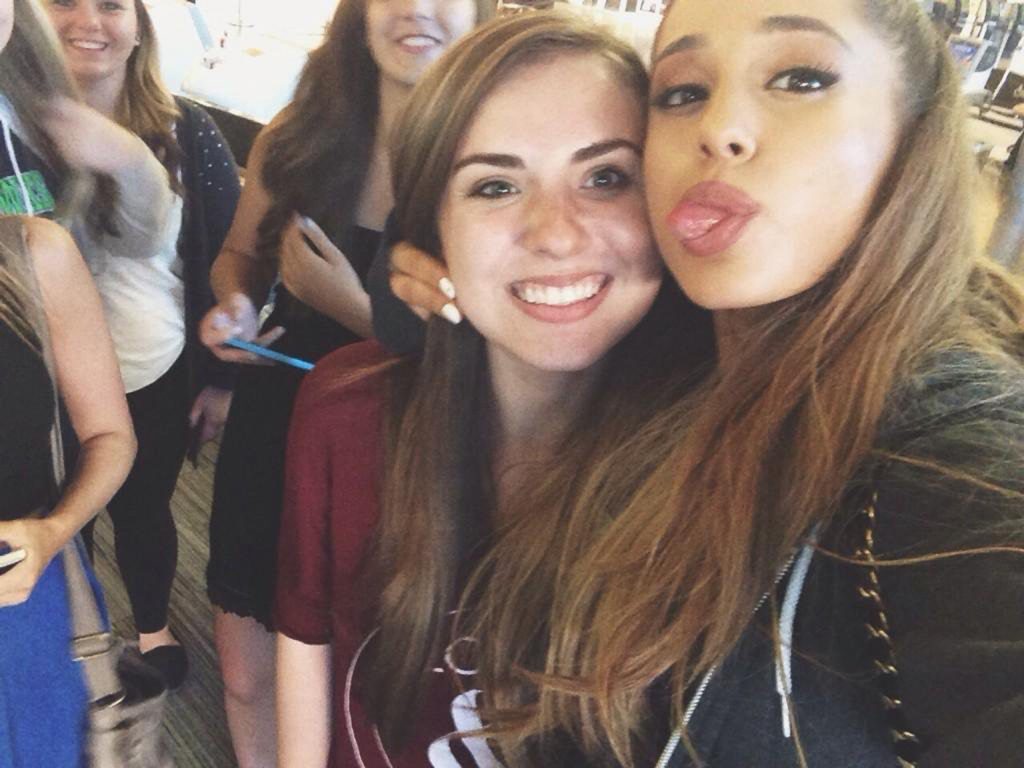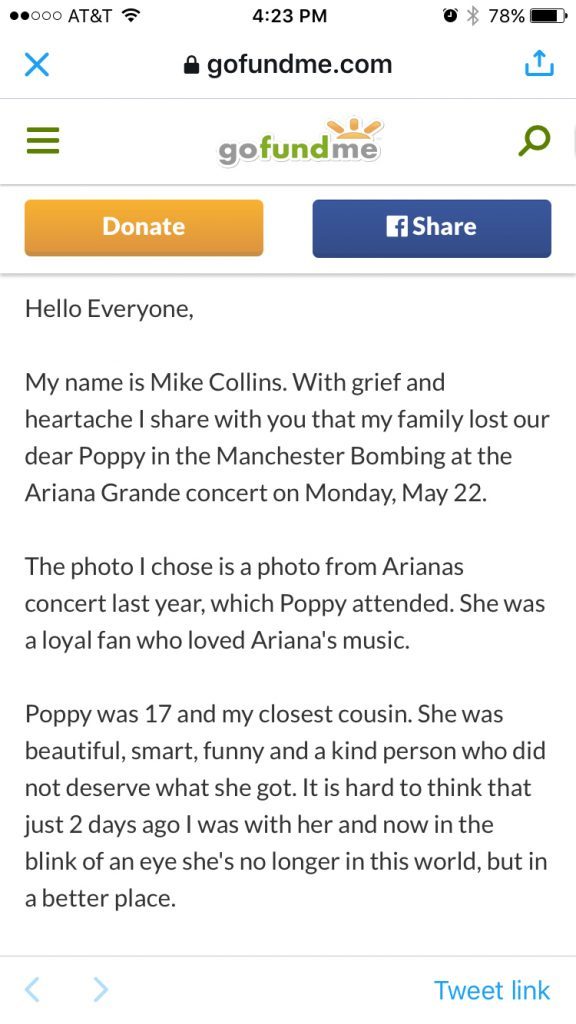
A STUDENT has slammed sick crooks who stole her identity to trick the public into making donations after the Manchester Arena bombing.
It was one of hundreds of pages scam artists have set up to exploit people’s goodwill in the wake of the attack.
Online donations platform JustGiving revealed yesterday that it is investigating more than 200 pages set up in the wake of the bombing on Monday evening.
But we can reveal the same thing has gone on at rival online platform GoFundMe.
The Sunday Post has traced a young woman whose image was used by heartless scammers who claimed she was dead in a sick bid to try to raise money.
American teenager Nisa Ayral says the page has left her “distraught.”
She said: “It’s horrific to think that someone could feed off people’s emotions like that and use a tragedy for personal benefit.
“We should be helping people, not trying to scam others out of money during a time of need.”
The image of Arizona State University student Miss Ayral, 19, – who has never even been to the UK – was used as an image of a GoFundMe page set up within hours of the tragedy.
In the twisted appeal, a crook calling himself Mike Collins said he was trying to raise funds after his “closest cousin Poppy” was killed in the bomb blast to help pay the cost of her funeral.
The fictitious post said: “With grief and heartache I share with you that my family lost our dear Poppy in the Manchester Arena Bombing at the Ariana Grande concert on Monday May 22.
“The photo I chose is a photo from Ariana’s concert last year, which Poppy attended.
“She was a loyal fan who loved Ariana’s music.
“Poppy was 17 and my closest cousin.
“She was beautiful, smart, funny and a kind person who did not deserve what she got.
“It is hard to think that just two days ago I was with her and now in the blink of an eye she’s no longer in this world, but in a better place.”
But in reality the picture is of journalism student Nisa who wasn’t at the concert and hasn’t even been to the UK.
The picture was taken in the US where Nisa met her idol at a concert last year.
Last night she said she urged the site to take down the page after discovering the deception.
Speaking from her home in Seattle, Washington, she said as well as using her image someone “had also written a fake story about how I had died in the bombing and my family needed help with funeral expenses.”
She added: “I was really upset when I saw it.”
Greater Manchester Police have also warned of the internet scam.
The official fundraising campaign has already collected more than £4 million to support the victims of the horrific bombing.
And the UK’s national fraud and cyber crime reporting centre Action Fraud has urged anyone who believes they have been the victim of a false fundraising page to report it to them.
A spokesman for GoFundMe said: “Since the attacks on Monday, we’ve had people monitoring related campaigns around the clock.
“The overwhelming majority of campaigns have been started with the very best intentions by kind people trying to do their bit.
“In these situations GoFundMe engages our emergency procedure – vetting every single campaign to check that they’re safe for donors to give to.
“We do this by contacting organisers, making sure they are who they say they are and that they have a clear way of getting the money to the intended recipient.
“If they’re not clear on that, we’ll help them make that connection, but they won’t be able to withdraw any donations.
“If we spot any suspicious activity we immediately suspend the campaign and contact the campaign organiser.
“This has happened just a handful of times this week, and were all caught before they had raised any money.”

Enjoy the convenience of having The Sunday Post delivered as a digital ePaper straight to your smartphone, tablet or computer.
Subscribe for only £5.49 a month and enjoy all the benefits of the printed paper as a digital replica.
Subscribe
